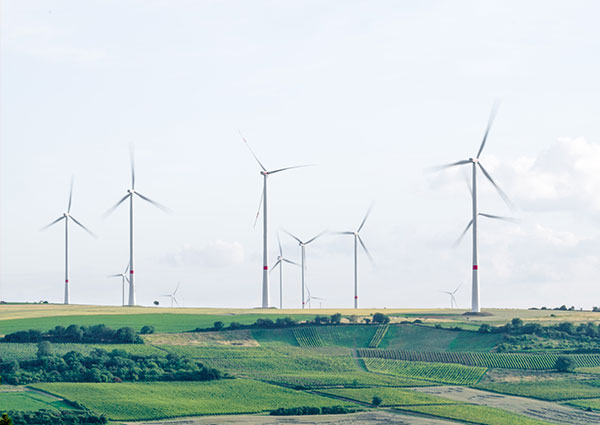Curriculum links
England
Design and Technology
When designing and making, pupils should be taught to:
Make
- Select from and use a wider range of tools and equipment to perform practical tasks [for example, cutting, shaping, joining and finishing], accurately
Evaluate
- Evaluate their ideas and products against their own design criteria and consider the views of others to improve their work
Geography
Geographical skills and fieldwork
Scotland
Technology
Craft, design, engineering and graphics contexts for developing technological skills and knowledge
- Through discovery and imagination, I can develop and use problem-solving strategies to construct models. (TCH 1-14a / TCH 2-14a)
- By applying my knowledge and skills of science and mathematics, I can engineer 3D objects which demonstrate strengthening, energy transfer and movement. (TCH 2-12a / TCH 3-12a)
Social Studies
People, place and environment
- I can consider ways of looking after my school or community and can encourage others to care for their environment. (SOC 1-08a)
- I can discuss the environmental impact of human activity and suggest ways in which we can live in a more environmentally-responsible way. (SOC 2-08a)
Wales
Design and Technology
Skills
Pupils should be given opportunities to:
- Measure, mark out, cut, shape, join, weigh and mix a range of materials and ingredients, using appropriate tools/utensils, equipment and techniques
- Discuss their products, and evaluate their work, e.g. explain why and how they made their product and what they think about its function, features, performance, taste
- Construct simple mechanisms to produce different types of movement
Range
Pupils should be given opportunities to develop their design and technology capability through:
- Tasks in which they design and make products, focusing on different contexts and materials
Geography
Skills
Pupils should be given opportunities to:
- Identify and describe natural and human features, e.g. weather conditions
- Describe the causes and consequences of how places and environments change, e.g. the need for sustainability
- Measure, collect and record data through carrying out practical investigations and fieldwork, and using secondary sources, e.g. use instruments to measure rainfall
- Express their own opinions and be aware that people have different points of view about places, environments and geographical issues, e.g. about wind farms
Range
Pupils should be given opportunities to:
- Carry out fieldwork to observe and investigate real places and processes
- Ask and answer the questions how have people affected this place/environment? How can I and other people look after this environment?
Knowledge and understanding of places
When studying places, pupils should be given opportunities to:
- Collect and record information
- Communicate ideas, information and their opinions. When using geographical enquiry skills, pupils should be taught to:
- Observe and collect information in the field e.g. look at and record different types of weather.
Northern Ireland
The World Around Us
Science and technology
Pupils should be enabled to:
- Design using a combination of ideas and make a varied selection of objects and models to a high quality, for example, constructing working models that incorporate an energy source and can be controlled
Geography
Pupils should be enabled to:
Help identify an issue or focus and structure a simple geographical enquiry
Place
Pupils should be enabled to explore:
- That there are differences between renewable and non-renewable energy sources
